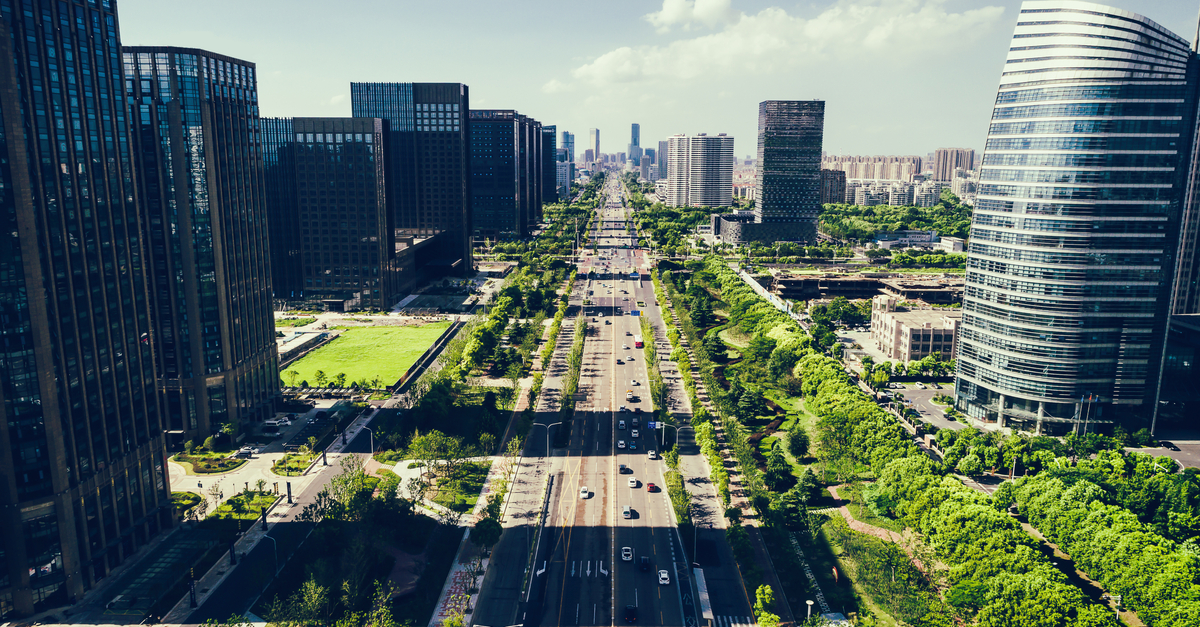Estimated reading time: 1 minutes
When it comes to measuring the depth and strength of smart cities, mobility solutions are growing stronger and stronger. Smart mobility enables people to continue living their normal lives, but at enhanced capabilities to move and interact at faster, safer, and more efficient routes. Many telecommunication companies have been involved in providing smarter capabilities for other medium to large metropolitan cities. 
- Cincinnati Bell has deployed analytics and engagement software to support local businesses and drive economic development
- AT&T is placing connected smart lighting systems in busy Atlanta areas
- Sprint is working to provide free and connected public Wi-Fi all around Kansas City
These forward-thinking cities are just a few of the many, who are actively looking forward from advanced location technology and other solutions for optimizing and modernizing cities.
Smart phones have impacted users so much already, on a daily basis. Cities and administration buildings could truly benefit from this smart movement, that has created many more navigable experiences for citizens. Catching and flagging down a cab is not the easiest task, and such smart city technology can transform the entire experience. Users can receive transformed and more realistic ETAs, based on more accurate locations. This will help determine road conditions and potential traffic blockage, when determining routes to travel. 
Such smart data can uncover data important insights into the flowing population of vehicles and pedestrians moving about the city. Mobile devices, in-vehicle GPS products, vehicular BlueTooth, and car sensors work to harness real-time traffic APIs for cities all around the world.
We’ve come so far in recent years, but have you ever thought where it could from here? Up, that’s where. Just look at all of the next-generation updates that are popularizing the Smart City scene.
- Identifying precise customer pick-up and drop-off locations
- Calculating the shortest possible routes between delivery pick-ups and drop-offs
- Implementing park and ride capabilities that allow for a more seamless switch to faster public transport
- Alerting ride-share users of current vehicle location or specific pick-up point, using geofencing
- Providing walking instructions to the nearest pick-up location

